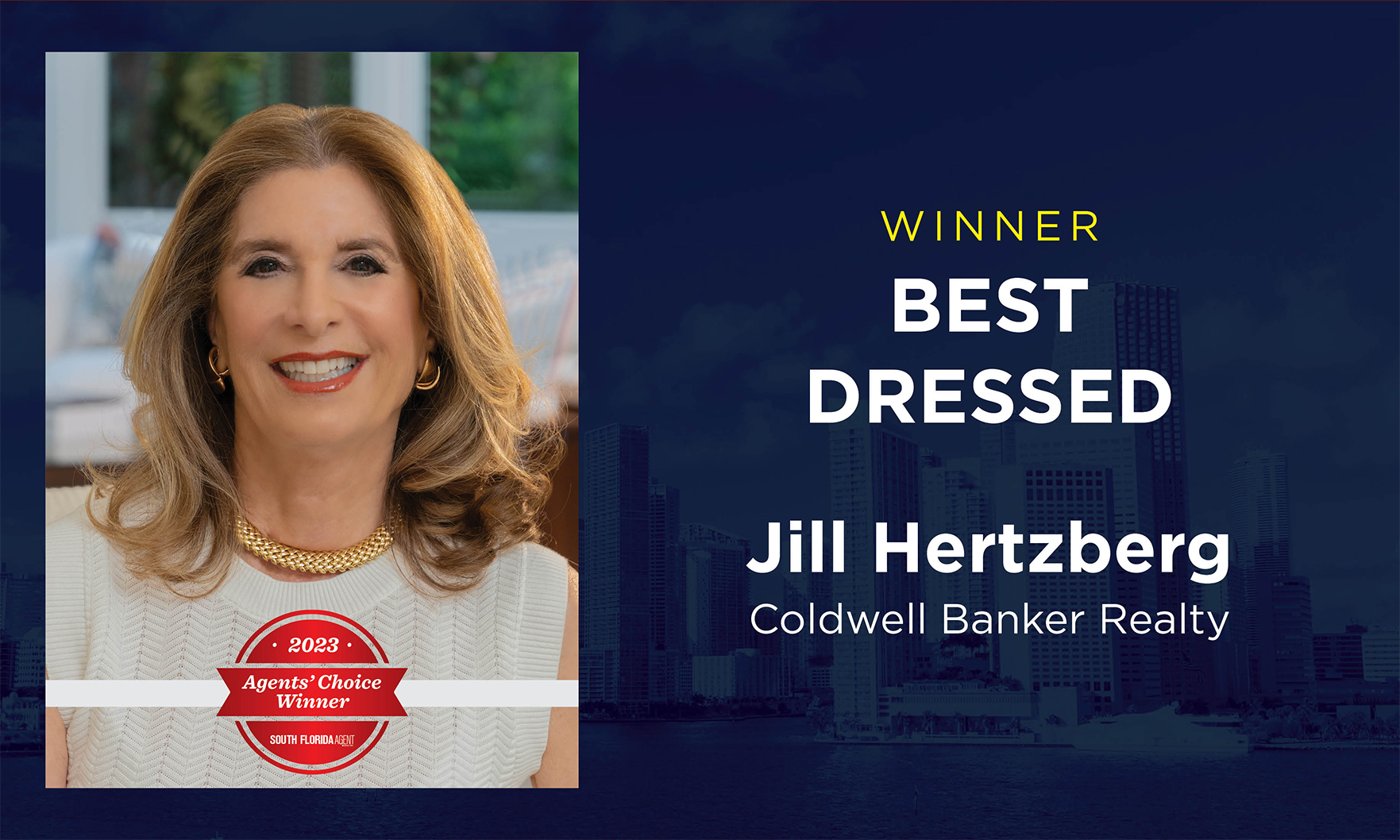Northern Cities Where Americans Fled During the Pandemic Are Now Hot for Home Seekers

Chilly and expensive northern cities—the same ones that homeowners were fleeing in droves during the pandemic—are seeing interest in their luxury real estate markets grow more than anywhere else across the U.S., according to data supplied to Mansion Global from Realtor.com.
Connecticut’s Bridgeport metropolitan area; greater New York City; and the wider Chicago region, were the only three luxury markets in the country where page views for online luxury property listings increased year over year during the third quarter, the data showed.
Over the same time, high-end house housing supply in each of these areas fell by more than 10% and prices jumped by double digits.
More: Stephen Sondheim’s Rural Connecticut Home Lists for $3.25 Million
“You know, it’s like everyone’s peeking behind the curtain to see what the big cities are up to. But it’s not just window shopping; there is also real demand,” said New York City-based Tate Kelly of Coldwell Banker Warburg.
“There is enduring value of real estate in established markets for preserving and growing wealth,” Kelly said. “In times of economic uncertainty, these cities act as stable financial anchors, making them attractive for those looking to safeguard their wealth.”
Beyond the sound investment of the properties themselves, “these cities act as wealth magnets for the uber-rich. The financial ecosystem, from thriving businesses to lucrative investment opportunities, is a major draw,” he said. “It’s not just about owning property; it’s about being strategically positioned in markets where financial gains can compound. These cities represent not just a place to reside but a playground for financial success.”
Bridgeport saw luxury listing page views tick up the most, at 6.2%, and New York trailed right behind at 6%. In Chicago, listing views rose 5.9% year over year.
In comparison, Miami, for example—which became the poster child for pandemic boom towns as droves of high-net-worth individuals flocked there for sunshine and low taxes—saw luxury listing views drop more than 25% in the same time.
More: A Lot of San Francisco Home Sellers Lose Money. Here’s How to Avoid That Fate.
Housing supply, meanwhile, was up close to 40% in the Miami area, according to Realtor’s data, which analyzed 60 markets. It’s not that interest in the city is drying up—after all, Amazon founder Jeff Bezos just announced he’s moving there—but demand is waning from the extreme highs of the past few years.
“While higher mortgage rates may have dampened enthusiasm for relocation, the draw of a warm, sunny lifestyle is timeless,” said John Walkup, co-founder of real estate data analytics firm UrbanDigs. “With that in mind, I expect Florida and others to continue growing in the future, but perhaps at a different pace.”
Of course, everyone’s heard that New York is a helluva town, and that sentiment may forever impact demand for the city’s real estate market, too.
The appeal of living in New York City and the tri-state area, “is truly timeless and enduring across all kinds of markets and global events,” said Kate Wollman-Mahan, also of Coldwell Banker Warburg. “Even when given the choice to work remotely, many people still choose to live in New York City.”
More: ‘The Last Great Estate in Aspen’ Comes With a Stream and a Pond
Of the three metropolitan areas, listing prices grew the most annually in Chicago, where they ticked up 14.1% to $1.02 million; in Bridgeport they rose 13.2% to $4.5 million; and in New York they rose 11.5% to $2.68 million.
“There are simply few other 24-hour cities that can compete with the abundance of options in New York—from culture and entertainment to restaurants and shopping, to intellectual events—not to mention that these options are all easily accessed by walking or public transit,” Wollman-Mahan said.
Mansion Global is owned by Dow Jones. Both Dow Jones and Realtor.com are owned by News Corp.


